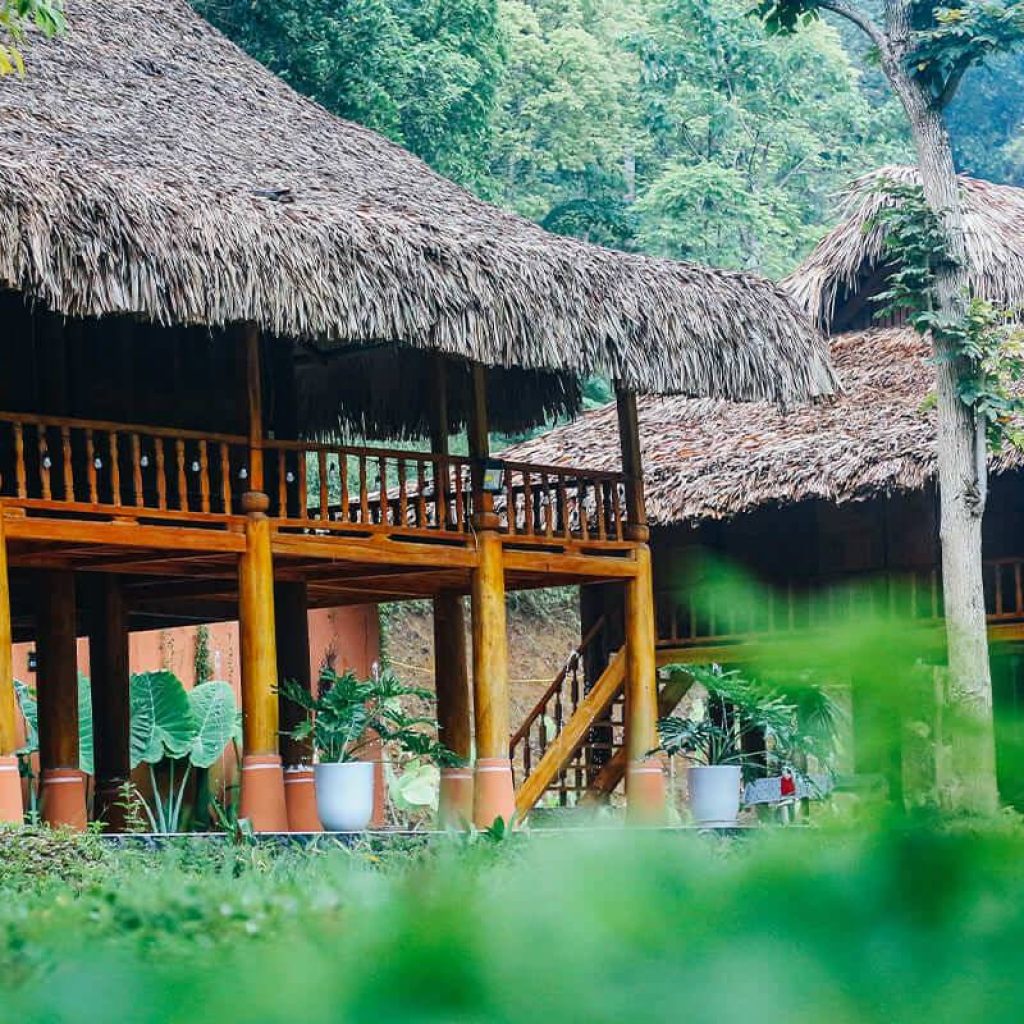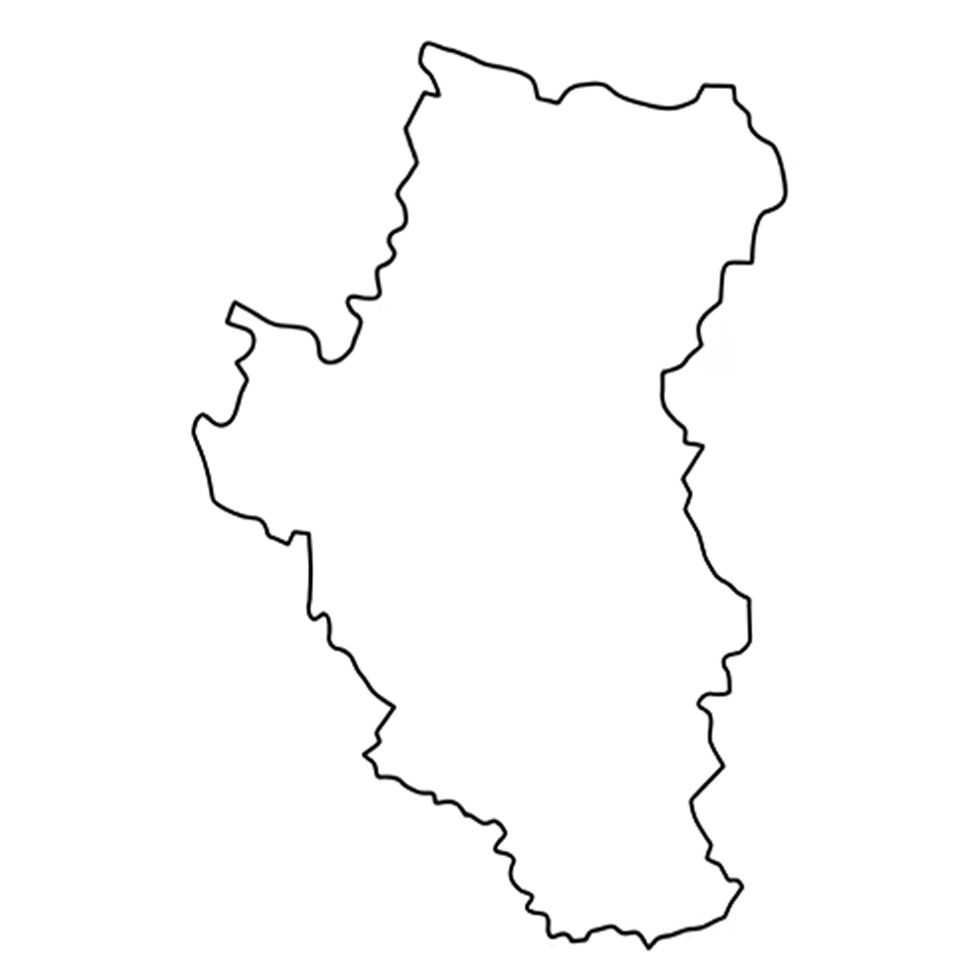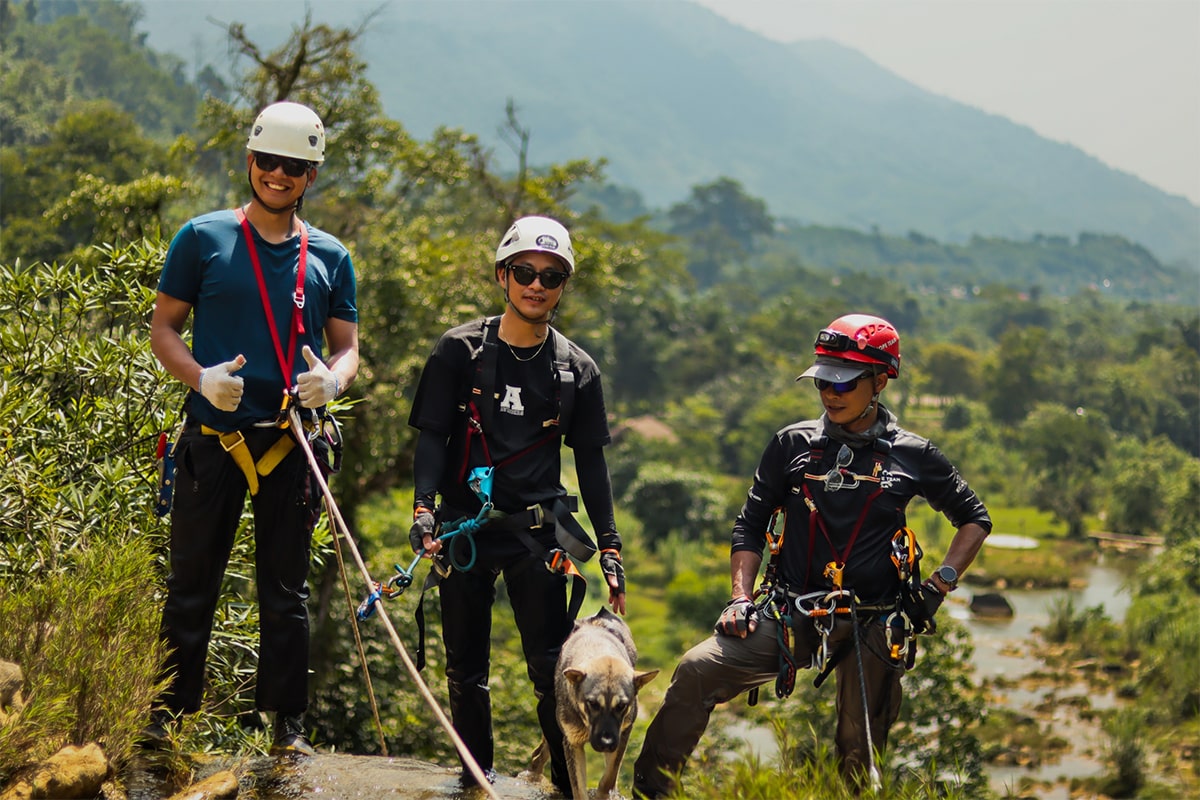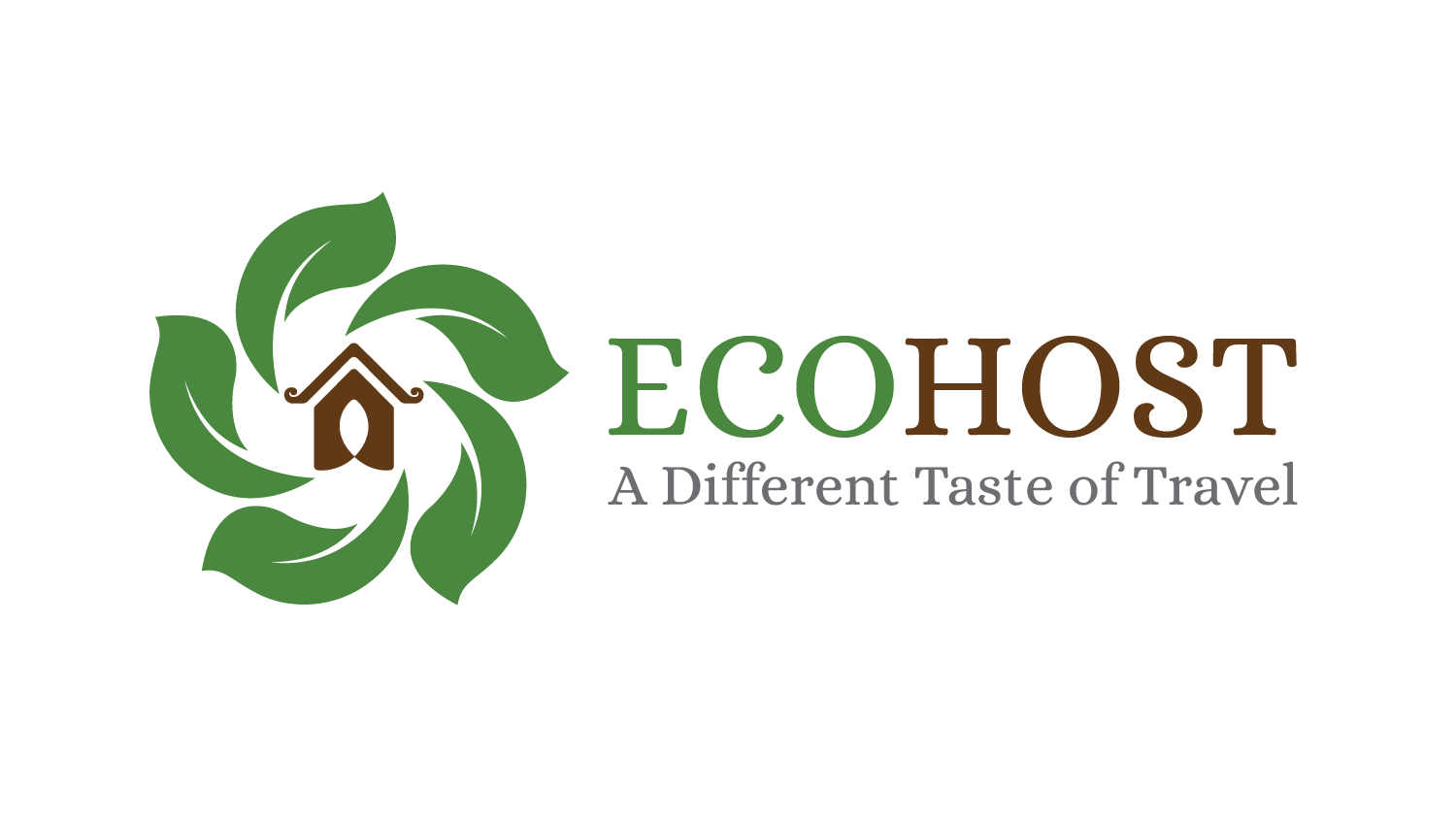
Ban Ba Jungle Lodge
🌿 Ban Ba Jungle Lodge – Where Nature Whispers and the Soul Listens Nestled beside the majestic Ban Ba Waterfall, Ban Ba Jungle Lodge is
Tuyen Quang is an appealing destination for those who love the pristine beauty of Vietnam’s northeastern mountains. With its majestic natural landscapes such as Na Hang Lake, Pac Ban Waterfall, My Lam hot springs, and lush primeval forests, the province offers a sense of tranquility and peace – perfect for eco-tourism and relaxation. The cool, fresh air year-round adds to its allure.
In addition to its natural charm, Tuyen Quang is also rich in cultural and historical value. Visitors can explore Tan Trao, the cradle of Vietnam’s revolution, join the vibrant Mid-Autumn Festival (Thanh Tuyen Festival), or experience the traditional lifestyles of ethnic groups such as the Tay, Dao, and Hmong. The region’s flavorful local cuisine and the warm hospitality of its people further enhance the travel experience.


🌿 Ban Ba Jungle Lodge – Where Nature Whispers and the Soul Listens Nestled beside the majestic Ban Ba Waterfall, Ban Ba Jungle Lodge is
Community-based tourism in Tuyen Quang offers visitors the chance to explore local cultures through the daily life of the Tay, Dao, and Mong people. You can stay in traditional stilt houses, enjoy ethnic cuisine, and take part in activities like brocade weaving, traditional flute dancing, and “then” singing. This immersive form of tourism provides meaningful experiences while helping preserve the cultural heritage of the highlands.

The best time to visit Tuyen Quang is during autumn (August–October) and spring (February–April).
Additionally, if you’re looking to relax or enjoy hot mineral baths, Tuyen Quang is a year-round destination. However, it’s best to avoid the rainy season (June–July) if you prefer drier weather.
A vast lake nestled between majestic mountains, where the Gam and Nang rivers converge. Visitors can enjoy boat trips to explore Khuoi Nhi Waterfall and the unique limestone mountain ranges.
A popular destination known for its natural hot springs, which are great for health and relaxation. Ideal for rejuvenation, leisure, and wellness retreats.
A significant historical site of the Vietnamese revolution where President Ho Chi Minh once lived and worked before the August Revolution. It holds great historical and cultural value.
A scenic waterfall located in Son Phu forest (Na Hang), featuring three cascading levels of water flowing through moss-covered rocks. Its wild and cool surroundings make it perfect for picnics and stream bathing.
The sacred site of the 1945 National Congress, bearing historic pride for the Vietnamese people. Surrounded by green forests, this ancient communal house holds solemn and spiritual significance.
A beautiful village with traditional stilt houses, terraced rice fields, and rich ethnic culture. Visitors can stay in local homestays and experience the daily life of Tay people.
Planning an eco-tourism trip to Tuyen Quang is a wonderful way to explore the natural beauty, cultural heritage, and peaceful countryside of Northern Vietnam. With thoughtful preparation, your journey will be both meaningful and sustainable.
Staying at locally-run homestays not only brings you closer to the local culture but also helps protect the environment and support community development.

Ecohost Vietnam is a pioneer in consulting, implementing, and operating community-based tourism models across the country. We connect local resources with international expertise to build a sustainable, efficient, and distinctive community-based tourism ecosystem.
Ecohost Information
Address: 4th Floor, Building 31B, Van Mieu Street, Van Mieu – Quoc Tu Giam Ward, Hanoi
Hotline: +84 81 219 8228
Email: [email protected]
Working Hour:
Monday – Friday: 8:30 – 17:30
Saturday: 8:30 – 12:30